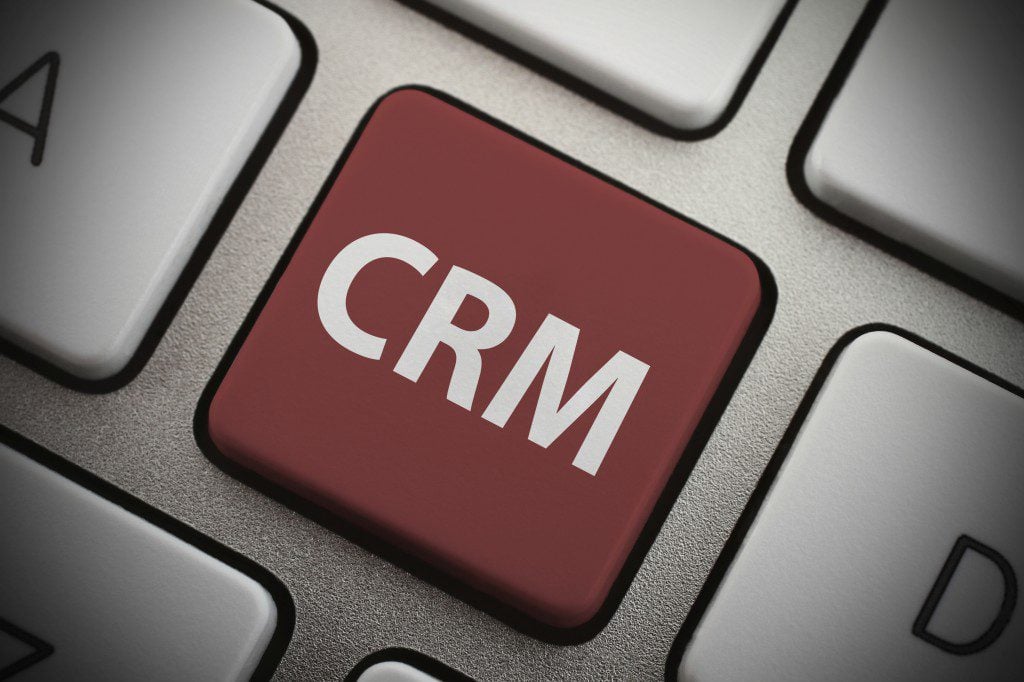
Despite the best efforts of various CRM providers, the true success of CRM lies in the user’s ability to maintain it regularly with accurate data. More often than not, sales professionals find that entering data into their CRM system takes more time than its worth, and thus the result is an overwhelming lack of engagement and record-keeping. The best way to ensure a CRM’s success in a business model is not only to encourage employees to keep their data entry timely and regular, but to convince them that doing so is in their best interest.
The following are a few ways that help encourage this mindset and behavior.
Identify the weakest link
Within your sales team, the first step is to identify the weaker points of your CRM system. Where is the information lacking? Why are certain fields left blank? What information is the sales team scrounging for later that would have been nice to see logged into the CRM? In addition, take stock of when your employees are least likely to enter data. Is it earlier in the day? Later in the day? While they’re on the go? You’ll want to identify how information comes into your CRM system and from where, along with when and where it is most effectively organized, in order to help minimize the amount of human error going into the process. This is the first, foundational step in reviewing which practices work best and which don’t for your particular business.
Incentivize data entry
Once you’ve identified what kinds of data aren’t being entered accordingly into your CRM system, as well as the circumstances under which employees are least likely to enter the data, you can start to strengthen these points by incentivizing their improvement. Giving your team something to look forward to when entering in CRM data takes a sometimes mundane and time-consuming task and draws a silver lining around it. Creating a rewards system with event tickets, beer, free lunches, extra time off, etc., is an excellent way to generate interest in something typically thought of as having no immediate benefit to those using it. Consider taking a rewards system one step further and turning data entry into an office-wide competition. Those employees with the most consistent and tidy upkeep of their CRM systems should be recognized by upper management throughout the company to add competition as well as to ensure employees know their supervisors are also keeping track of who’s updating their CRM and who isn’t. This point, in fact, leads to our next tip.
Top-down monitoring
As an employer or supervisor, it’s important to make your presence known on the micro-level to all of your employees so they are aware of the importance of keeping their CRM data fresh. Oftentimes when higher-ups don’t maintain a presence in the more daily aspects of their employees’ lives, sales professionals lose the incentive to keep their CRM up to date. But letting your employees know that you, as a supervisor, are keeping an eye out for consistencies and inconsistencies in the company CRM system reminds them that you care about the smaller aspects of their days and that their supervisors are, in fact, supervising their work.
Keep it simple
Arguably the most common complaint surrounding CRM upkeep is the complexity of the system itself and the data it seems to require. However, outlining data entry expectations to reflect the simplicity of what is actually required can help clear up any confusion with salespeople. Any data that is put into the CRM system needs to be clear, concise, and streamlined. There’s no need to require salespeople to put in any more information than what will be useful to them in the future, and it’s important to reiterate this point it to employees as such. The purpose of a CRM system is to help, not complicate, the lives of those using it. In addition, maintaining the structure of the CRM fields themselves is an excellent way to ensure that the only data required by the system itself is what’s absolutely necessary. In any case, if you’re in charge of managing the CRM system, make sure to educate yourself on the various features the system offers so you can learn the best ways to manipulate the system for your specific company needs.
Bring in the big guns
Supervisors shouldn’t be the only ones who understand the workings of the CRM system. No one will put data into it if they don’t understand how it works. Although it’s an investment for the company, hiring CRM consultants to explain the system your company uses will be worth it in the long run. Making sure the individuals who use the product are fully equipped to incorporate it into their daily routines ensures better quality of data as well as better morale surrounding the task itself.
There’s an app for that (or not…)
The good news is that CRM keep-up is a known problem and there are a plethora of tools and systems to help your team update their customer records. The bad news is that none of them really address the problem at a holistic, systemic level. For instance, the Salesforce1 Mobile App helps your reps update customer records from their mobile phones. Most vendors, such as SugarCRM, provide a plugin for Outlook that lets sales professionals update the CRM straight from their email. Or alternatively, RelateIQ fixes the problem altogether by merging the traditional function of CRM and email. None of these, however, address challenges unique to the phone channel, which is often a privileged source of communications between a company and its customers.
Conclusion
Following these steps may not eradicate the problem entirely or stir up feelings of true love among your sales reps. Ultimately, the biggest obstacle to change is not the technology, but human nature in itself. To overcome this obstacle, a real behavioral change needs to happen starting with a company’s leaders.



